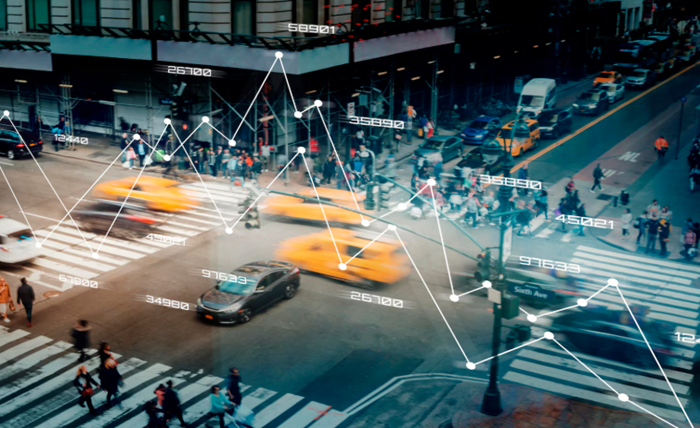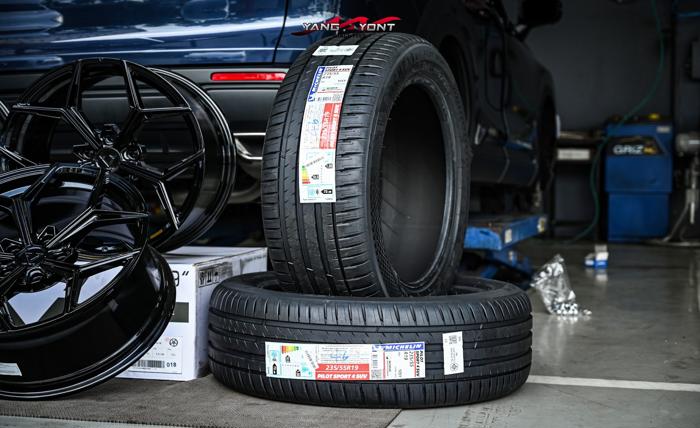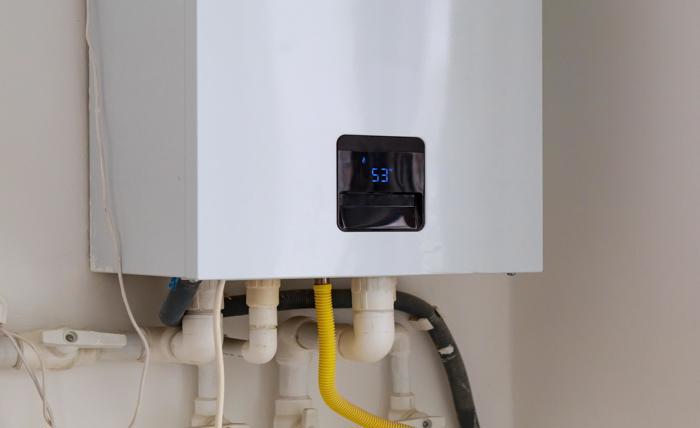Traffic congestion is a persistent problem in urban centers worldwide. As cities grow and vehicle ownership increases, road networks often struggle to accommodate the volume, resulting in longer commute times, increased fuel consumption, elevated pollution levels, and economic losses. Efficient traffic management is crucial to maintaining the mobility, sustainability, and livability of urban areas. By implementing a combination of technological, infrastructural, and policy-based strategies, cities can manage traffic flow and alleviate congestion.
Understanding the Causes of Traffic Congestion
Before addressing solutions, it is essential to understand the factors contributing to congestion. Traffic jams often result from high vehicle density exceeding road capacity, bottlenecks at intersections, traffic incidents, and poorly synchronized traffic signals. Urban planning also plays a role; sprawling cities with limited public transport options force residents to rely on private vehicles. Peak-hour commuting, construction zones, and special events further exacerbate congestion. Recognizing these causes allows urban planners and policymakers to design targeted interventions that address specific traffic challenges.
- Intelligent Traffic Management Systems
Technology plays a pivotal role in modern traffic management. Intelligent traffic management systems (ITS) use real-time data to optimize traffic flow. Sensors, cameras, and GPS data can monitor vehicle movement, detect congestion points, and adjust traffic signals accordingly. Through cautious traffic control, these systems ensure that changes to signal timings and lane usage do not create sudden disruptions for drivers, maintaining safety while improving flow. Adaptive signal control technology, for example, changes signal timings based on current traffic conditions, reducing idle time at intersections. Additionally, dynamic message signs can inform drivers of alternative routes, accidents, or construction zones, helping to distribute traffic more evenly across the network.
- Enhancing Public Transportation
Reducing the number of private vehicles on the road is one of the most effective ways to ease congestion. Investments in efficient and reliable public transportation systems, such as buses, trains, and subways, encourage commuters to opt for alternatives to personal cars. Integrating various modes of transport—known as multimodal transportation—makes commuting more convenient and time-efficient. Features like park-and-ride facilities, real-time tracking apps, and seamless ticketing systems can further enhance public transport appeal, gradually reducing the pressure on road networks.
- Promoting Non-Motorized Transport
Walking and cycling are not only environmentally friendly but also alleviate traffic congestion. Urban planners can encourage non-motorized transport by creating pedestrian-friendly streets, expanding sidewalks, and developing dedicated cycling lanes. Bike-sharing programs and secure parking facilities for bicycles incentivize residents to choose cycling over driving. Even short trips that would typically be taken by car can be shifted to walking or cycling, reducing the overall traffic load and improving air quality.
- Congestion Pricing and Road Use Policies
Economic measures such as congestion pricing can be effective in managing demand. By charging drivers to enter high-traffic zones during peak hours, cities can discourage unnecessary trips and encourage the use of public transport. Singapore, London, and Stockholm have successfully implemented congestion pricing schemes, resulting in reduced traffic volumes and shorter commute times. Complementary policies, such as limiting parking availability in busy areas or offering tax incentives for carpooling, further reduce congestion while promoting more sustainable travel habits.
- Infrastructure Expansion and Optimization
While technological and behavioral strategies are essential, sometimes physical improvements are necessary. Expanding road capacity through additional lanes, flyovers, or bypass routes can relieve bottlenecks in critical areas. However, this approach must be balanced with the risk of induced demand, where new roads attract more vehicles and eventually lead to renewed congestion. Optimizing existing infrastructure, such as improving lane markings, adding dedicated bus lanes, or synchronizing traffic lights along major corridors, can enhance flow without extensive construction projects.
- Smart Urban Planning
Long-term congestion management begins with thoughtful urban design. Cities that integrate residential, commercial, and recreational spaces reduce the need for long commutes, as residents can access work, schools, and amenities within shorter distances. Transit-oriented development, which focuses on creating dense, walkable communities around public transport hubs, encourages residents to rely on sustainable travel options. By designing cities with mobility in mind, planners can mitigate congestion before it becomes a significant problem.
- Encouraging Flexible Work Practices
Workplace policies can also influence traffic patterns. Flexible working hours, telecommuting, and staggered shifts spread traffic demand over a longer period, reducing peak-hour congestion. Especially in metropolitan areas where a substantial portion of commuters travel to centralized business districts, flexible work arrangements can significantly ease traffic pressure. Companies that adopt remote or hybrid models contribute to more fluid traffic flow and support sustainable urban mobility.
- Public Awareness and Behavioral Change
Finally, managing traffic congestion requires active participation from the public. Awareness campaigns highlighting the benefits of carpooling, using public transport, and avoiding peak-hour travel can motivate behavioral change. Mobile apps that provide real-time traffic updates, route alternatives, and estimated travel times empower drivers to make informed decisions. Collective action, reinforced by government initiatives and incentives, is critical for creating a long-term reduction in congestion.
Conclusion
Traffic congestion is a multifaceted problem that requires a comprehensive, multi-pronged approach. By combining advanced traffic management technologies, improved public transport, infrastructure optimization, smart urban planning, and behavioral incentives, cities can manage traffic flow more effectively. While there is no single solution, the coordinated application of these strategies not only reduces congestion but also enhances economic efficiency, public health, and environmental sustainability. As urban populations continue to grow, proactive traffic management will remain an essential component of building resilient, livable cities for the future.











